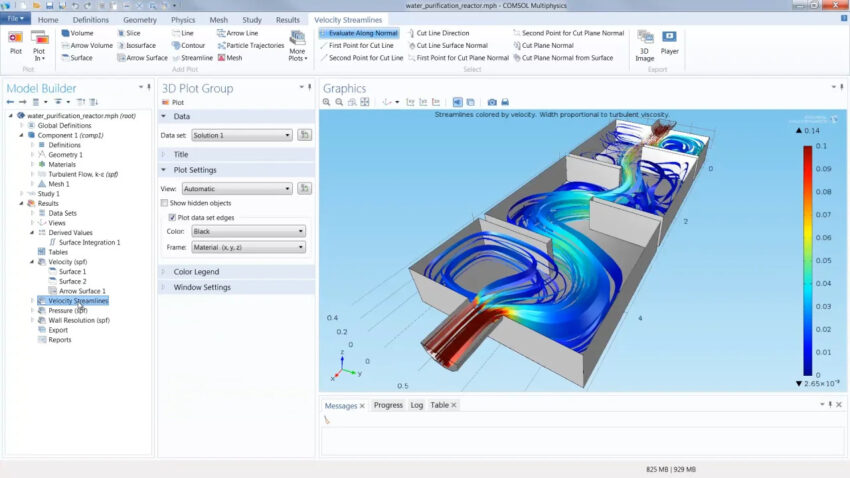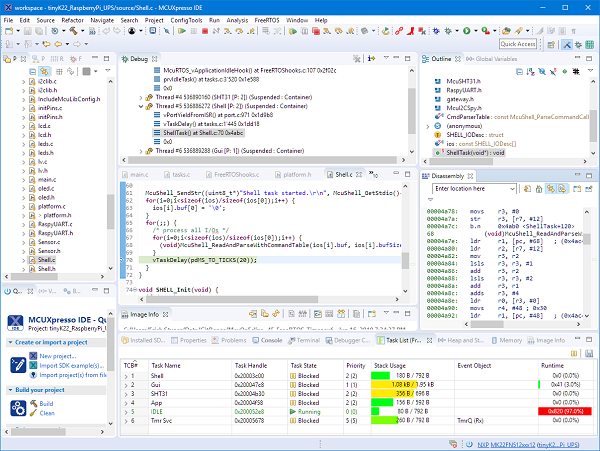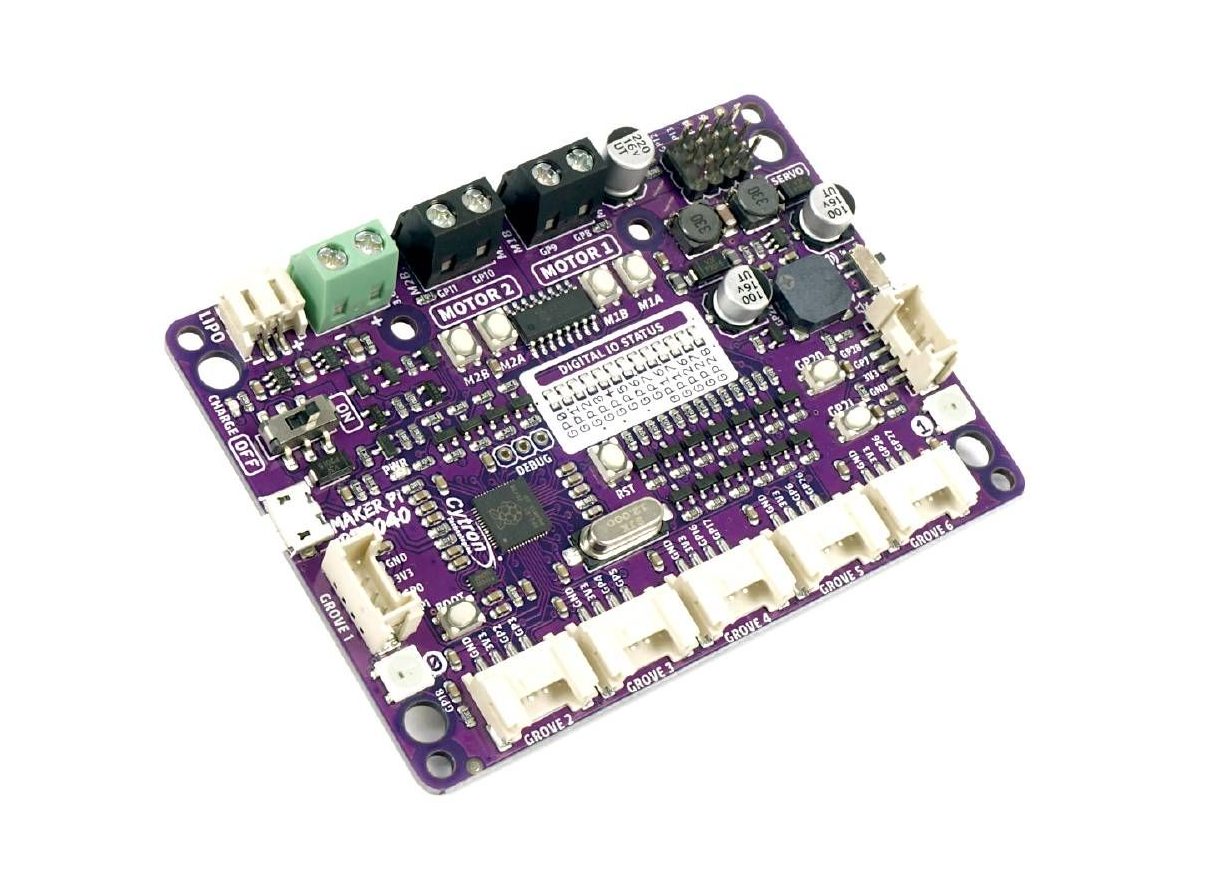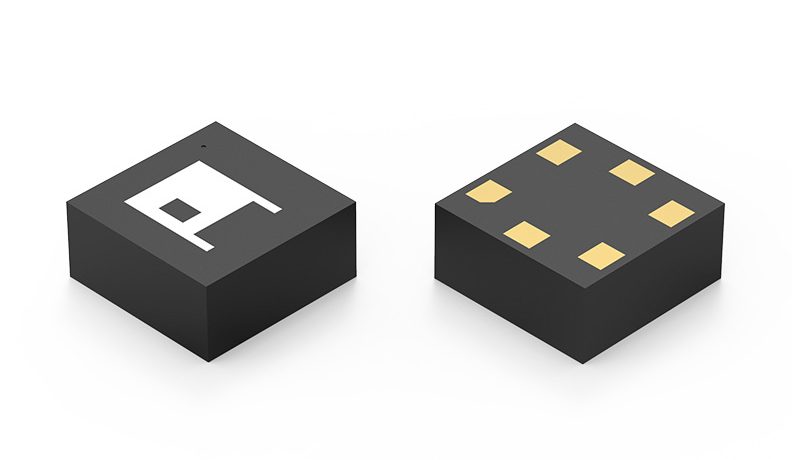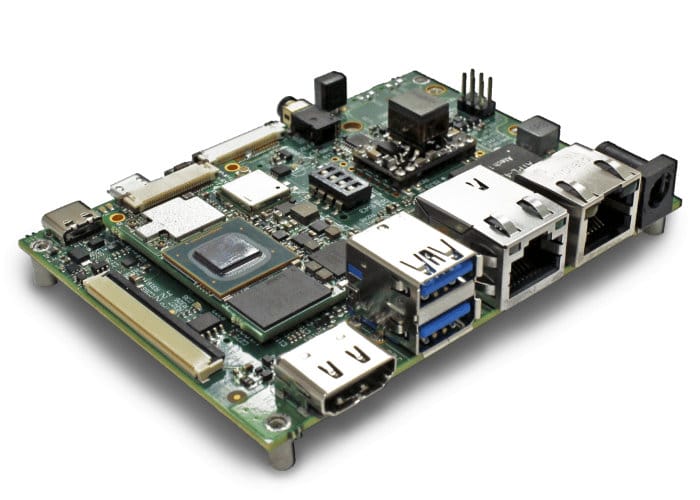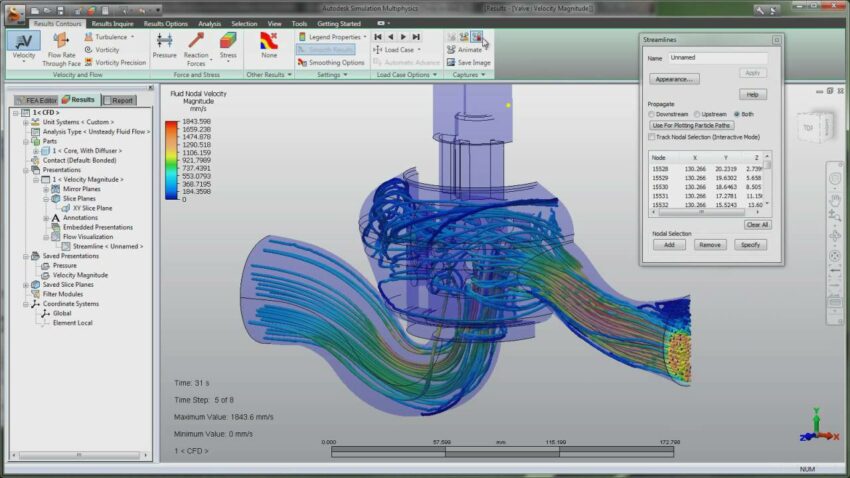
The popularity of CFD Modeling Software has been on the rise over the last few years. Multiple companies worldwide finally noticed its massive potential and implemented it into their design processes to improve accuracy and efficiency.
Currently, CFD Modeling Software is extensively used to conduct fluid flow and heat transfer simulations, making it an essential tool for engineers across various industries.
Let’s then check what CFD Software exactly is and what its capabilities, benefits and applications are.
What is CFD Modeling Software?
CFD Modeling Software is a sophisticated computer program that employs numerical methods and algorithms to simulate fluid flow and heat transfers in various scenarios.
Therefore, CFD Simulations can entail:
- single or multiphase fluid flows,
- heat transfers,
- complex geometries,
- turbulent flows,
- miscible fluid flows,
- chemical reactions and phase changes.
By creating these simulations, engineers and scientists are capable of gaining meaningful insights into fluid behavior and heat transfer dynamics under changing conditions. As a result, such analyses pave the way for optimizing designs and improving performance in a wide selection of applications.
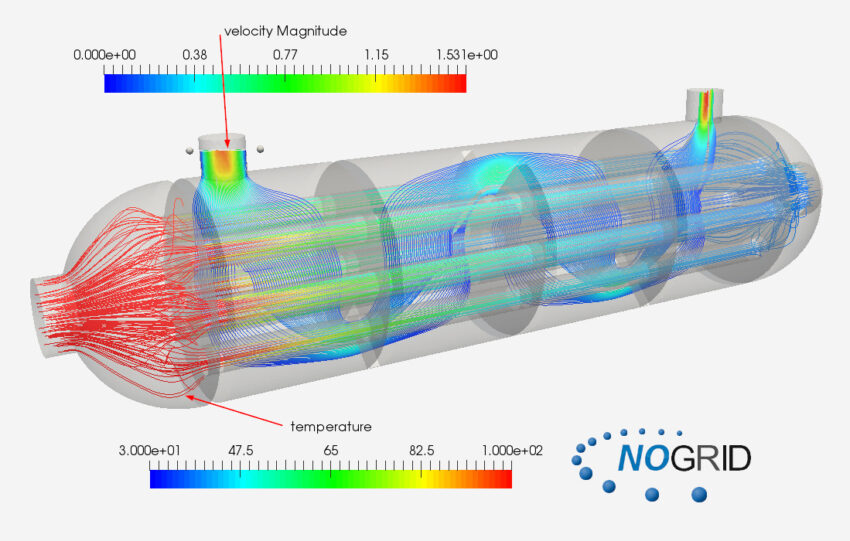
What are the key elements of CFD Modeling Software?
Basic CFD Modeling Software should always have a selection of elements that enable designers to perform a comprehensive CFD analysis. As a result, they need a user-friendly and reliable CFD Software package with a few key features that enable them to create complex fluid flows with high accuracy and speed.
These key capabilities are:
- Meshing capabilities,
- Physics models,
- High-Performance Computing,
- Post-processing capabilities,
- User-friendly interface.
Meshing capabilities
First of all, high-quality CFD Modeling Software must be capable of generating precise meshes that can capture the geometry of the fluid flow domain.
Moreover, meshes must possess the capability to accurately capture intricate flow characteristics, such as vortices and turbulence, allowing for precise representation and analysis of these complex features.
Generating a boundary layer mesh is highly beneficial in various Computational Fluid Dynamics (CFD) applications. This particular mesh feature offers improved adaptability to the geometry and allows for capturing the flow characteristic within the wall layer more effectively.
Physics models
Secondly, an effective CFD Modeling Software package should always include a selection of physics models to precisely simulate fluid behaviors, including, among others:
- multiphase flows,
- turbulence,
- heat transfers,
- combustion,
- mesh motion,
- solid particle modeling.
Nevertheless, to efficiently solve all these physical phenomena, it needs to use solvers. These numerical algorithms empower engineers to precisely solve the equations of fluid flows and heat transfers with high precision and stability.
High-Performance Computing
High-Performance Computing (HPC) is another essential feature of state-of-the-art CFD Modeling Software.
With HPC capabilities, CFD Modeling Software enables engineers to conduct compound simulations while limiting the computational time.
Moreover, with HPC, the efficiency of simulations generated with the software is higher as the software equips engineers with parallel processing, so they can execute multiple tasks simultaneously.
Post-processing capabilities
What is more, powerful CFD Modeling Software should also include post-processing tools that enable visualization and analysis of CFD simulations results. These include tools for:
- creating contour plots, streamlines, and vector plots,
- calculating flow statistics,
- performing optimization processes.
User-friendly interface
Last but not least, high-quality CFD Modeling Software needs to have a user-friendly interface. It allows engineers, designers, and non-expert users to set up and run simulations easily. As a result, there is no need to undergo extensive and costly training before starting to use CFD Software.
It is also worth mentioning that modern CFD Modeling Software should also entail advanced features, such as sophisticated meshing techniques, high-performance computing, enhanced turbulence modeling, or multiphysics integrations.
What are the key benefits of CFD Modeling Software?
All in all, all the above elements make CFD Modeling Software a powerful tool for engineers and designers but also beneficial for organizations.
Let’s explore the advantages of CFD Software for both technical users and management across diverse industries.
Enhanced designs
Firstly, CFD Modeling Software can assist designers and engineers in producing highly efficient and optimized designs.
Engineers are empowered to thoroughly analyze the fluid flow, pressure, and temperature distributions. Consequently, they can easily identify areas of high stress and inefficiency and optimize them accordingly.
Cost-effectiveness
From a management point of view, CFD Modeling Software’s great advantage is cost-effectiveness.
In fact, CFD Software can contribute to the cost reduction of physical testing and prototyping. Engineers can use CFD simulations to test various designs and, as a result, eliminate the need for costly physical prototyping.
Time savings
What is more, CFD Modeling Software can speed up the process of designing and testing products. Since it generates simulations of a product’s behavior, engineers are capable of quickly detecting design flaws or potential issues without the need for physical testing.
Enhanced understanding of fluid dynamics
CFD Modeling Software also assists researchers and engineers in better understanding the complex flows of fluids, gases, and heat in various systems.
Such capability can result in new discoveries and enhanced quality of designs for a wide selection of products and systems.
Processes optimization
Last but not least, CFD Modeling Software can also contribute to optimizing various processes, for example, in manufacturing goods and products. By producing simulations of fluid flows, turbulence, and heat transfers, engineers can identify methods to increase efficiency and reduce waste.
What are the applications of CFD Modeling Software?
As already stated, CFD Modeling Software can be applied to multiple industries. These are, for example:
- Aerospace industry to optimize the designs of aircraft and spacecraft,
- Automotive sector to improve the designs of vehicles and vehicle components (for example, engines, exhaust, and cooling systems),
- Construction sector to produce simulations of heat transfer and fluid flow in buildings and component designs,
- Energy sector to optimize the designs of energy systems (for example, wind turbines and solar panels).
In conclusion, CFD Modeling Software is a valuable and indispensable tool for engineers, designers, and researchers across diverse industries.
It empowers them to model and analyze fluid flow dynamics under various conditions, leading to design optimization and enhanced performance. By leveraging the power of CFD Software, professionals can make informed decisions, drive innovation, and achieve remarkable advancements.





